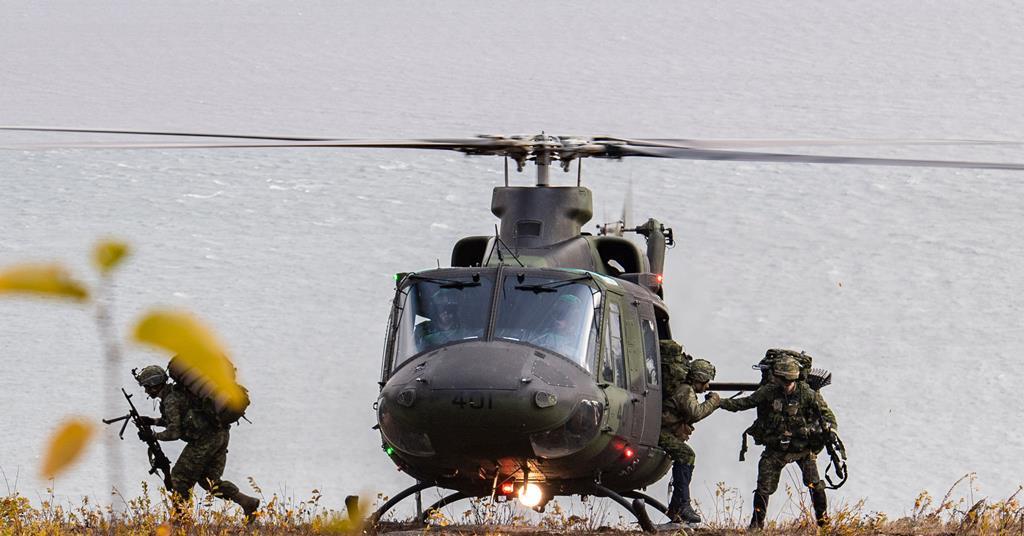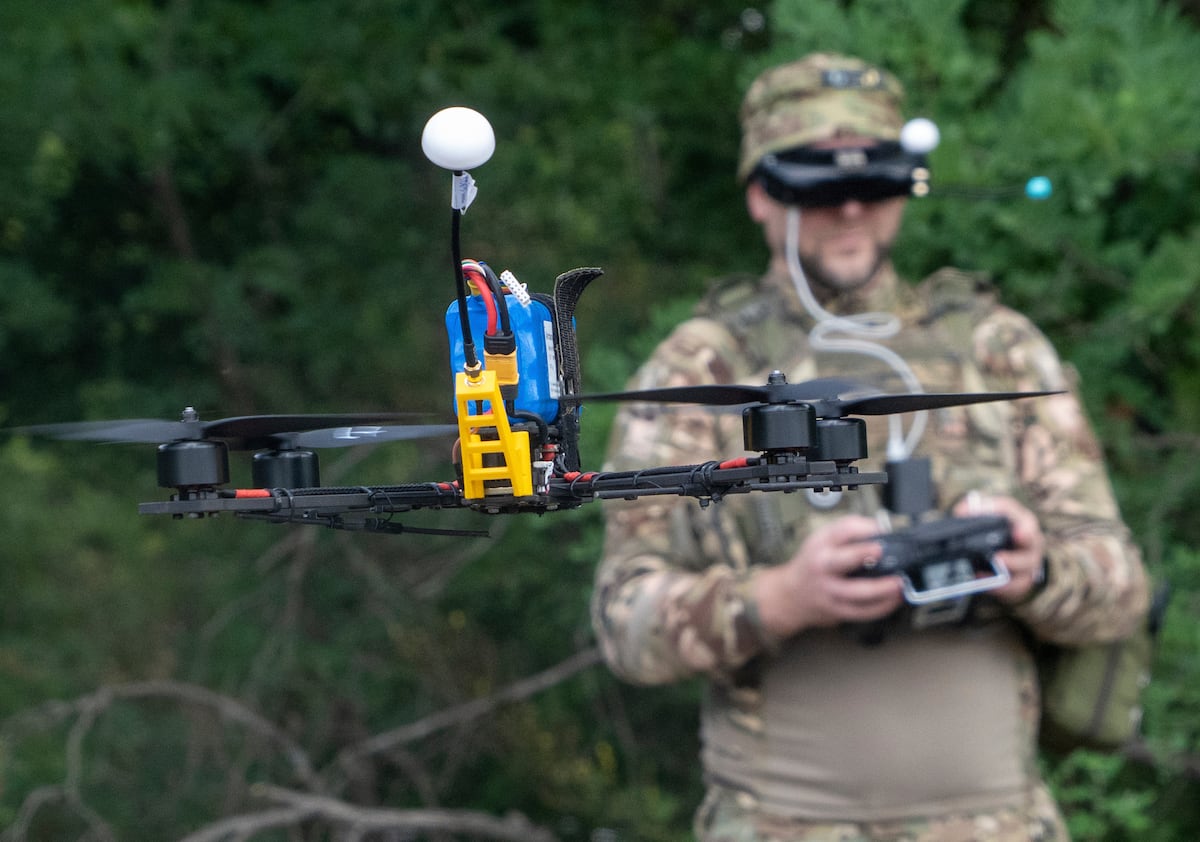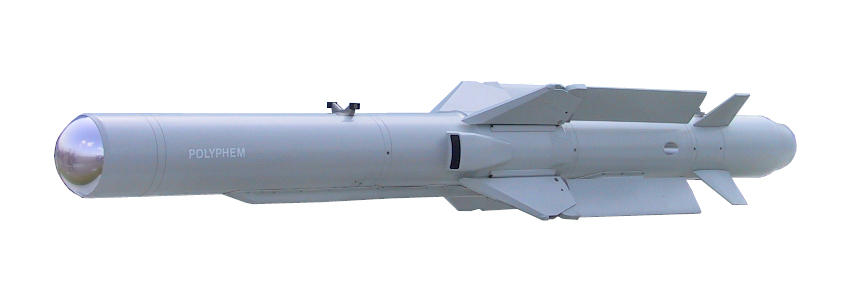Zero chopper experience here either...Zero chopper experience on my part - why is the air force looking for a light attack chopper? Haven't attack helicopters been severely limited offensively since the proliferation of drones?
I think attack helicopters still have a place on the modern battlefield - the threat profile facing those platforms is just significantly larger than it was even a decade ago
Drones and loitering munitions are here to stay, there's no doubt about that. And MANPADS are prevalent to the point where flying over even slightly contested areas has become a lot more dangerous.
But having a platform that can travel faster than any ground vehicle & not be hindered by terrain or IED's, provide fire support for ground units, offer ISR, offer possible show of force, etc etc still has a place in modern war.
Can drones do a lot of those same things without risking their human pilots, and for MUCH cheaper replacement & operating costs? Absolutely
Cheaper and faster to train UAV operators vs training a competent rotary wing combat pilot? I imagine so
I think we (the west) need to probably rethink how we employ attack helicopters in a variety of ways, and equip them with some sort of loyal wingman capability of some sort.
Maybe it's place on the modern battlefield is coming to an end. But I don't think it's gone the way of the battleship just yet... (You are right though, it's offensive capabilities face a lot more considerations than say a decade ago flying over Afghanistan)
(We've also been extremely lucky in the sense that none of our main recent adversaries have bothered to pursue a MANPAD capability)
(Hey Loachman, you still peeking in from time to time? Anybody else from the TACHEL world kicking around? Would love to hear your insight into this)






